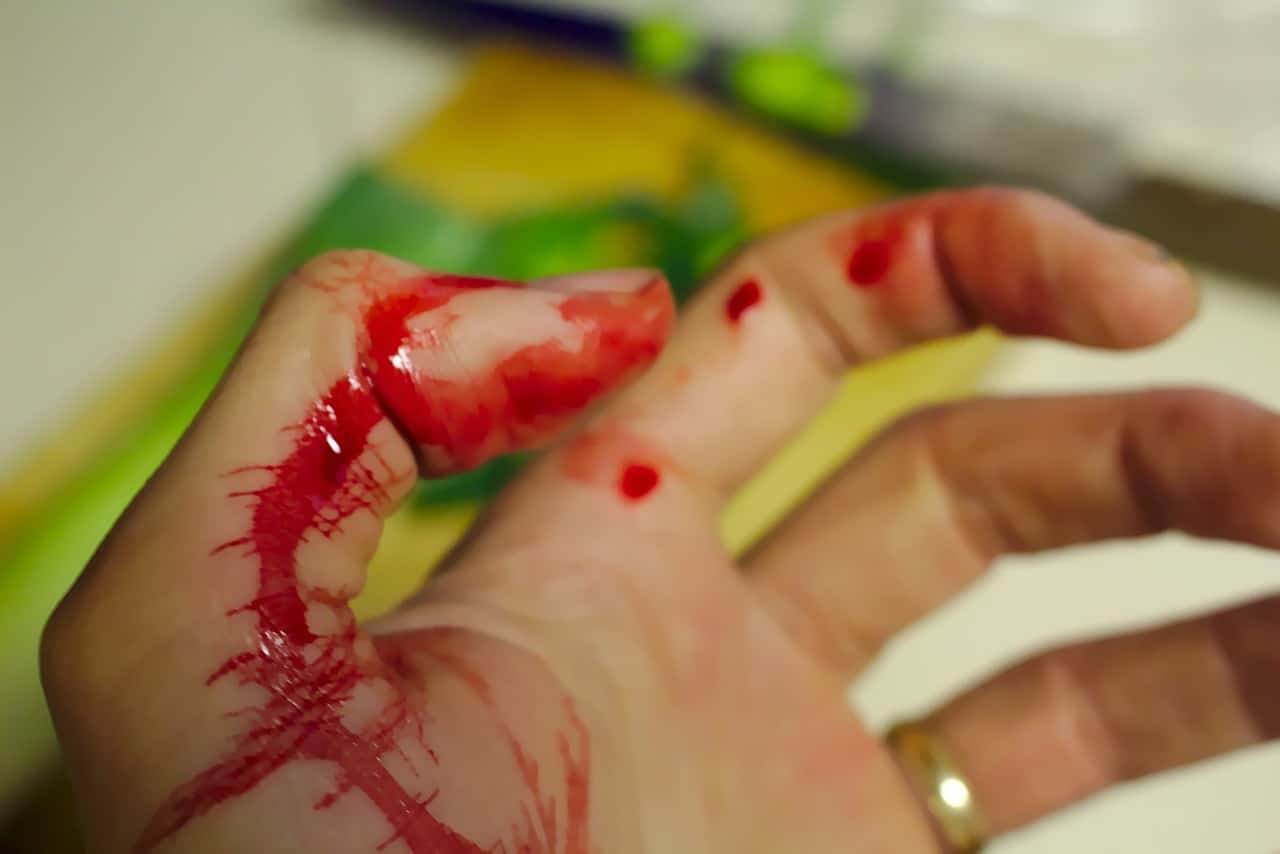Accidents happen when we least expect them, and one of the most common minor injuries we encounter in our daily lives is cuts and scrapes. Whether it’s a paper cut at the office, a kitchen mishap while preparing dinner, or a graze from an outdoor adventure, knowing how to treat a cut is a fundamental skill everyone should possess. Not only can proper wound care prevent infections and complications, but it also promotes faster healing.
In this guide, we’ll explore essential tips on how to treat a cut effectively, from cleaning and dressing the wound to recognizing when it’s time to seek medical attention. Here are the tips.
Clean the Area
Properly cleaning a cut is the first crucial step in preventing infections and promoting swift healing. Begin by washing your hands thoroughly with soap and water to avoid introducing additional bacteria. Use a gentle, fragrance-free soap and warm water to cleanse the cut. Avoid harsh substances like hydrogen peroxide or alcohol, which can damage the delicate tissues.
Gently pat the area dry with a clean, soft cloth or sterile gauze. If there is any debris or foreign objects in the wound, use sanitized tweezers to carefully remove them. Ensuring the cut is clean reduces the risk of infection and provides a clean canvas for the healing process to begin.
Stop the Bleeding
Applying swift and steady pressure to the wound is paramount in halting the bleeding. Use a clean cloth or sterile gauze pad and press firmly over the cut. If blood soaks through, add more layers without lifting the initial ones, maintaining constant pressure. Elevating the affected area above your heart can aid in slowing down the bleeding.
If the bleeding persists even after several minutes of consistent pressure, it might be a sign of a deeper or more severe injury. In such cases, seeking medical attention is crucial. Additionally, for deeper cuts, you might wonder, do you need liquid stitches for the cut? This option, best determined by a healthcare professional, can be considered for effective wound closure, ensuring proper healing and minimizing the risk of infection. Factors to consider include the size of the wound, blood quantity, and cause.
Apply an Antiseptic
After successfully stopping the bleeding and ensuring the wound is clean and dry, the next step in treating a cut is to apply an antiseptic. This vital measure helps prevent infection, a common concern with open wounds. Antiseptics like hydrogen peroxide or antibiotic ointments create a hostile environment for bacteria, reducing the risk of microbial growth.
To apply, use a clean cotton swab or sterile gauze, and gently spread the antiseptic over the wound. Be cautious not to use excessive force or disturb the healing tissue. Properly applying an antiseptic and keeping the wound clean during the healing process is essential for a smooth and complication-free recovery.
Cover the Cut
Once the antiseptic has been applied, it’s crucial to protect the wound by covering it with a sterile bandage or dressing. This barrier not only shields the cut from contaminants like dirt and bacteria but also helps maintain a moist environment conducive to healing.
Ensure that the bandage is the right size to cover the entire wound without being too tight or too loose. Change the bandage regularly, especially if it becomes wet, dirty, or shows signs of wear. By keeping the cut covered and clean, you create an optimal environment for the body’s natural healing processes to occur, reducing the risk of infection and promoting efficient tissue repair.
Watch for Signs of Infection
Vigilance in monitoring the cut for any signs of infection is crucial for effective wound management. As the wound heals, keep a close eye on it for any concerning symptoms such as increased redness, swelling, warmth, or the presence of pus. If you notice any of these indicators, consult a healthcare professional promptly. Infections in wounds can lead to complications and delay the healing process.
Timely intervention is essential to address any potential issues and, if necessary, administer antibiotics. By maintaining awareness and promptly addressing signs of infection, you can ensure that the healing process proceeds smoothly, minimizing the risk of complications and promoting a successful recovery.
Tetanus Shot
For certain types of cuts, particularly those caused by dirty or rusty objects, assessing your tetanus vaccination status is imperative. Tetanus is a serious bacterial infection that can enter the body through open wounds and may lead to muscle stiffness and spasms. Typically, adults should receive a tetanus booster shot every 10 years.
However, if it has been more than 5 years since your last tetanus shot and you sustain a deep or significant wound, it’s advisable to seek medical advice. A healthcare provider will evaluate the injury and recommend a tetanus shot if deemed necessary, ensuring your protection against this potentially life-threatening infection remains up to date.
Proper treatment of a cut is essential for preventing infections and ensuring a smooth healing process. Remember to clean the area gently, stop any bleeding, apply an antiseptic, and cover the cut with a sterile bandage. Vigilance is key; watch for signs of infection and seek medical attention if necessary. Additionally, for deep or dirty wounds, consider your tetanus vaccination status and consult a healthcare professional when in doubt. These simple yet crucial steps will help promote optimal healing and minimize the risk of complications.

